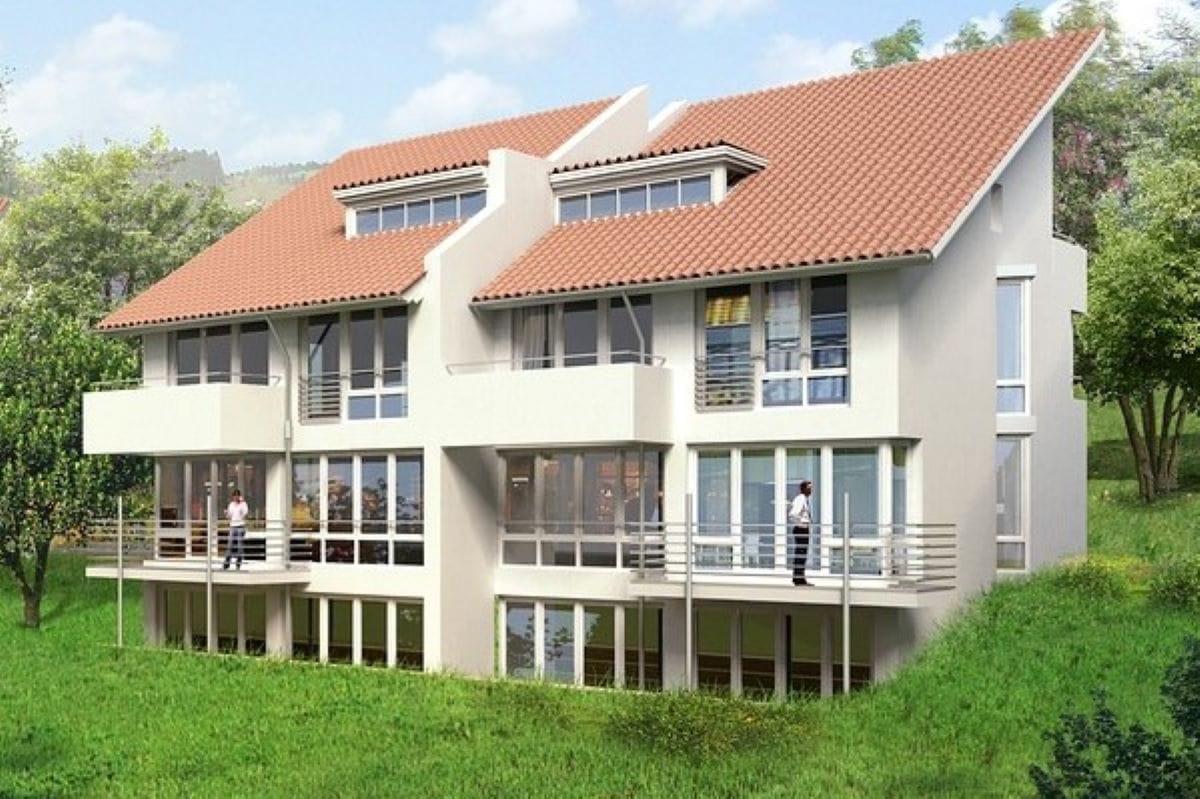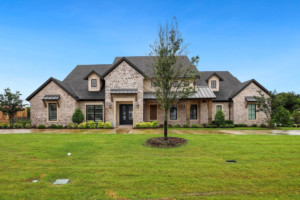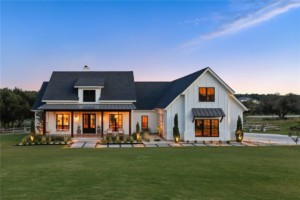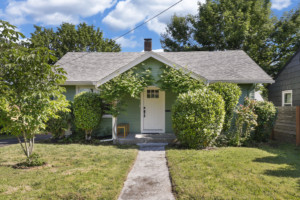If you’ve found yourself wondering, ‘What exactly is a twin home, and could it be right for me?’ you’re in the right place. Among the various housing options available, one term that frequently piques interest is the ‘twin home.’ But what does it mean exactly? Is it a duplex, a townhome, or something entirely different?
In this Redfin article, we’ll explain everything you need to know about twin homes. We’ll cover the unique features of this home type, discuss the advantages and drawbacks, and help you determine if it’s the right housing choice for you. So whether you’re looking at homes for sale in Columbus or considering renting in Houston, keep reading to learn all about twin homes.

What is a twin home?
A twin home is also known as a semi-detached home. It’s a residential property with two separate living units, each having its own entrance and private space, housed within one building. The units are usually mirror images of each other in terms of layout and design. Unlike a traditional single-family home, where the dwelling stands alone, twin homes share a common wall along one side.
Get pre-approved and secure your dream home
Work with a lender to find the right loan for the home you love.
Twin home vs. duplex: What is the difference?
Get pre-approved and secure your dream home
While twin homes and duplexes may seem similar at first glance due to their shared wall structure, they possess distinct differences that set them apart. A duplex generally refers to a building divided into two separate units, often stacked one on top of the other or side by side. These units can have different layouts, sizes, and designs, whereas twin homes typically mirror each other in layout and design, offering a sense of symmetry and balance. In a twin home, the design intention is to create a harmonious look, as if two identical homes were joined together.
“It’s critical to know if you’re buying a duplex or a twin home because of the difference in how the land is divided,” says Mark Shattuck of Dream Home Studio. “Duplexes are two attached homes with separate ownership, yet the land that both residences sit on is co-owned and co-maintained by both duplex owners. This makes duplexes multi-family properties. However, twin homes are classified as two attached single-family homes (and only two, as opposed to townhomes) because twin homes have separate land ownership, both split along a common property line and shared wall. Nothing looks visually different between duplexes and twin homes, but the land ownership, rights, and classification are very different.”
Pros and cons of living in a twin home
Pros:
Affordability: Twin homes often offer a more affordable housing option compared to single-family homes, making them appealing to first-time homebuyers or those looking for cost-effective alternatives.
Community feel: Living in close proximity to another household can foster a sense of community and provide an added layer of security with neighbors looking out for one another.
Efficient use of land: Twin homes are an efficient use of urban and suburban land, which can lead to shorter driveways, smaller yards, and more sustainable development practices.
Maintenance: With a shared wall, there might be less exterior maintenance compared to standalone homes, and homeowners’ association fees may cover some maintenance tasks.
Potential for Rental Income: One unit of a twin home can be rented out, providing homeowners with an opportunity for passive income if they choose to live in the other unit.
Cons:
Noise: Shared walls can sometimes lead to noise transfer between units, which might impact residents’ comfort and privacy.
Limited customization: While twin homes offer uniformity, this can limit the extent of customization options that homeowners might have compared to single-family homes.
Space constraints: Twin homes could have less outdoor space compared to single-family homes, limiting gardening and landscaping opportunities. Some twin homes may also have limited parking spaces or shared driveways, which can become a logistical challenge, especially if there are multiple vehicles involved.
Are twin homes considered single-family homes?
Twin homes often occupy a gray area between single-family homes and multi-family dwellings. Twin homes have private entrances and separate living spaces, much like single-family homes. However, their distinguishing features are the shared wall and the two units housed within one building. Local regulations and zoning ordinances can vary, and the classification of twin homes might vary depending on how they are legally defined within a specific jurisdiction.
A final note on twin homes
Twin homes offer a unique middle ground between single-family and multi-family homes, providing homeowners with the benefits of both privacy and community living. As the housing market continues to diversify, twin homes stand as a viable option for those seeking affordability, a sense of community, and a distinctive living arrangement.



























 United States
United States Canada
Canada